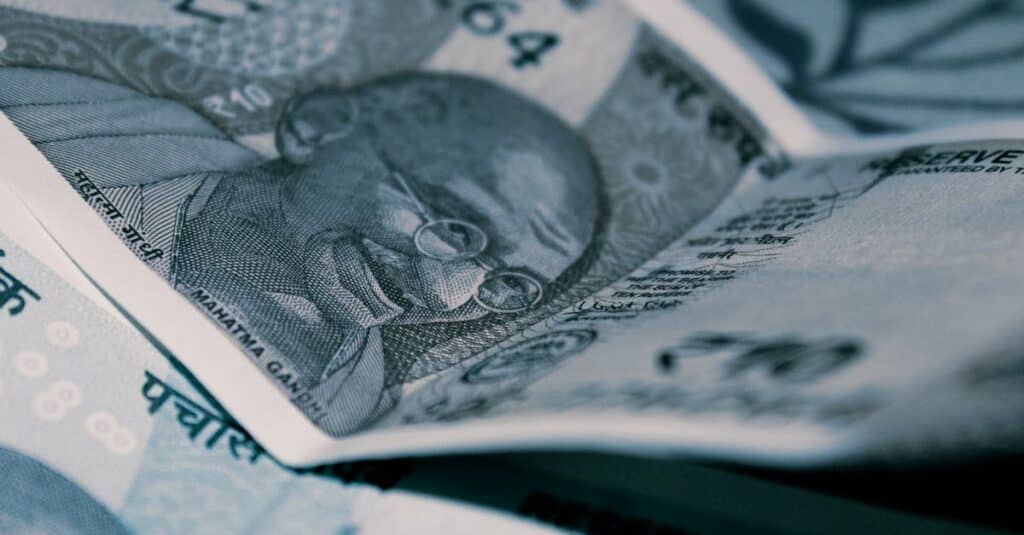The PSD2, or Payment Services Directive 2, is a crucial European legislation that redefines the landscape of payment services. Launched after PSD1, this directive aims to establish a legally secure framework while facilitating third-party access to banking functionalities. This allows consumers to benefit from simpler and more efficient payments, while opening the market to new players, with an emphasis on customer security. This evolution marks an important turning point in optimizing the experience for all users.
The PSD2, or Payment Services Directive 2, is a European regulation designed to frame and transform the payment sector within the European Union. Introduced to modernize the previous PSD1 from 2007, PSD2 aims to offer a stronger legal framework for simpler, more secure, and more efficient payments. Here are the main aspects of this directive.
First of all, one of the cornerstones of PSD2 is the opening to competition. It indeed requires banks to allow third-party providers, like certain fintechs, to access their customers’ payment accounts. This means that, with your consent, these third parties can check your balance, make payments on your behalf, and extract banking information. This opening paves the way for notable innovation, fostering competition and the creation of new financial services. To learn more, check out the new perspectives of open banking, a topic related to this aspect of PSD2 in this article: Revolution of fintech startups.
Next, PSD2 also impacts consumer payment habits. It specifically prohibits any additional fees for using certain payment methods when shopping online or in stores. Thus, a merchant can no longer impose extra charges for credit card payments, which enhances transparency and fairness for the consumer.
Security is another major focus of PSD2. With the democratization of electronic payments through mobile applications, it became crucial to introduce stricter standards. This directive imposes reinforced security rules, such as confirming payment orders through robust authentication methods, including the use of fingerprints or facial recognition.
The issue of security is all the more central as the directive delves into the interaction between banks and third parties. Before a third party can access your banking data, they must first have your explicit consent. You are free to revoke this consent at any time via, for example, your banking app. Discover more here: Challenges and opportunities of open banking for consumers.
Finally, this directive is a significant boost for open banking. It aims to standardize the payment market in Europe while emphasizing security and consumer protection. In short, PSD2 encourages innovation while ensuring that consumer security remains a priority. Its role is therefore central to the development of an effective and secure payment ecosystem.
In conclusion, although technically complex, PSD2 offers numerous benefits, both for consumers and businesses. It reflects the evolution of the payments sector towards greater transparency, security, and flexibility. To deepen your knowledge, consider this article on the advantages and disadvantages of neobanks resulting from the implementation of PSD2: Neobanks: Understanding the benefits and challenges.
“`html
Table of Contents
ToggleFAQ: Understanding PSD2: What is it?
A: The PSD2, or Payment Services Directive 2, is a European directive aimed at establishing a legal framework for simpler, more secure, and more efficient payments within Europe.
A: PSD2 requires banks to grant access to accounts to authorized third parties. For example, with your permission, a third party like Payconiq can access your account to make payments or check your balance.
A: No, PSD2 prohibits payment beneficiaries from imposing additional fees for payments made by certain means, such as a credit card.
A: PSD2 introduces new, stricter rules to secure payments, notably through the use of mobile applications confirmed by fingerprints or facial recognition.
A: Yes, nothing changes in this area. You maintain total control and decide who can access your banking data.
A: PSD2 was implemented to open the payment market to new players while ensuring consumer security.




